Why we ran it: To see if an electric car like the Polestar 2 fits into a high-mileage life.
Month 6 - Month 5 - Month 4 - Month 3 - Month 2 - Month 1 - Specs

Life with a Polestar 2: Month 6
Six months and more than 9500 miles have revealed whether this potent electric saloon is fit for long-haul daily use - 6 July
I have spent the past six months in a Polestar 2, the second car to come out of the Sino-Swedish mash-up: a bit of Geely, a bit of Volvo, with a former Volvo design director as its CEO. It follows the super-rare Polestar 1 plug-in hybrid coupeÃ, itself first shown as a concept for Volvo.
The 2 is a much more conventional electric car and, going by the fact I see them everywhere, significantly less rare. It’s a five-seat compact executive hatch, about the size of a BMW 3 Series, with almost crossover-type looks that, I think, owe more to its mechanical layout than a deliberate attempt to be an SUV.
There’s a swathe of black plastic underneath it because, like most new EVs, there’s a big battery pack under the body. You can get a few flavours of 2 but this Performance Pack variant, £5000 more than the standard £49,900 Long Range Dual Motor version, has a 78kWh gross battery (75kWh usable), providing energy for two electric motors totalling 403bhp. At first, anyway. That initial power level was upgradable for £1000 to 470bhp in an over-the-air update (and downloaded onto this car) but the Performance Pack now gets that output as standard.
The 2 has a pleasing interior, with a lot of Volvo-based kit, such as the switchgear. Bright seatbelts aside, the ambience is relatively conservative,whichI’vequiteliked in daily driving: nothing too jarring. The driving position is very good, and the instruments are clear, but I wouldn’t have minded a bit more customisation for the instrument cluster and the trip computer is fiddly. The cupholder fouls an elbow, too.


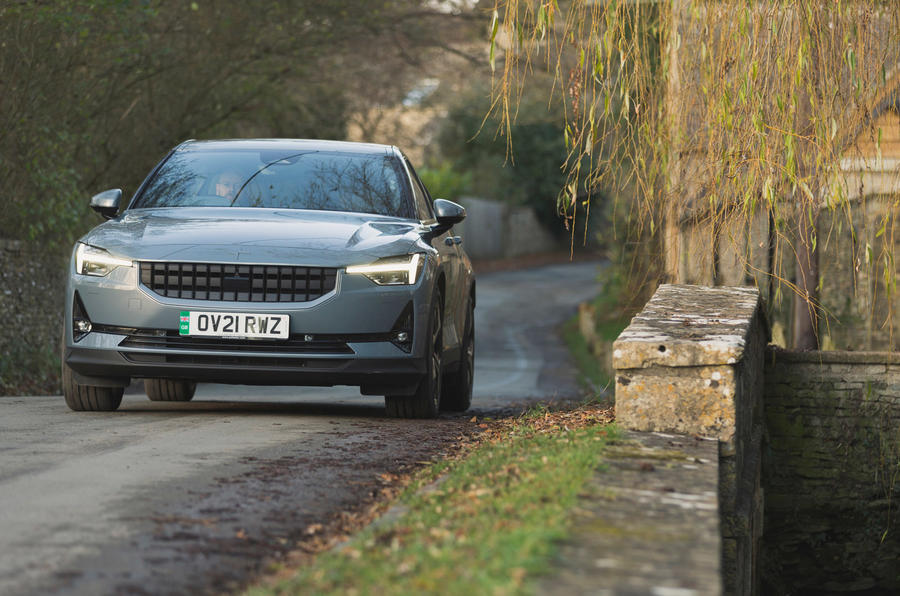
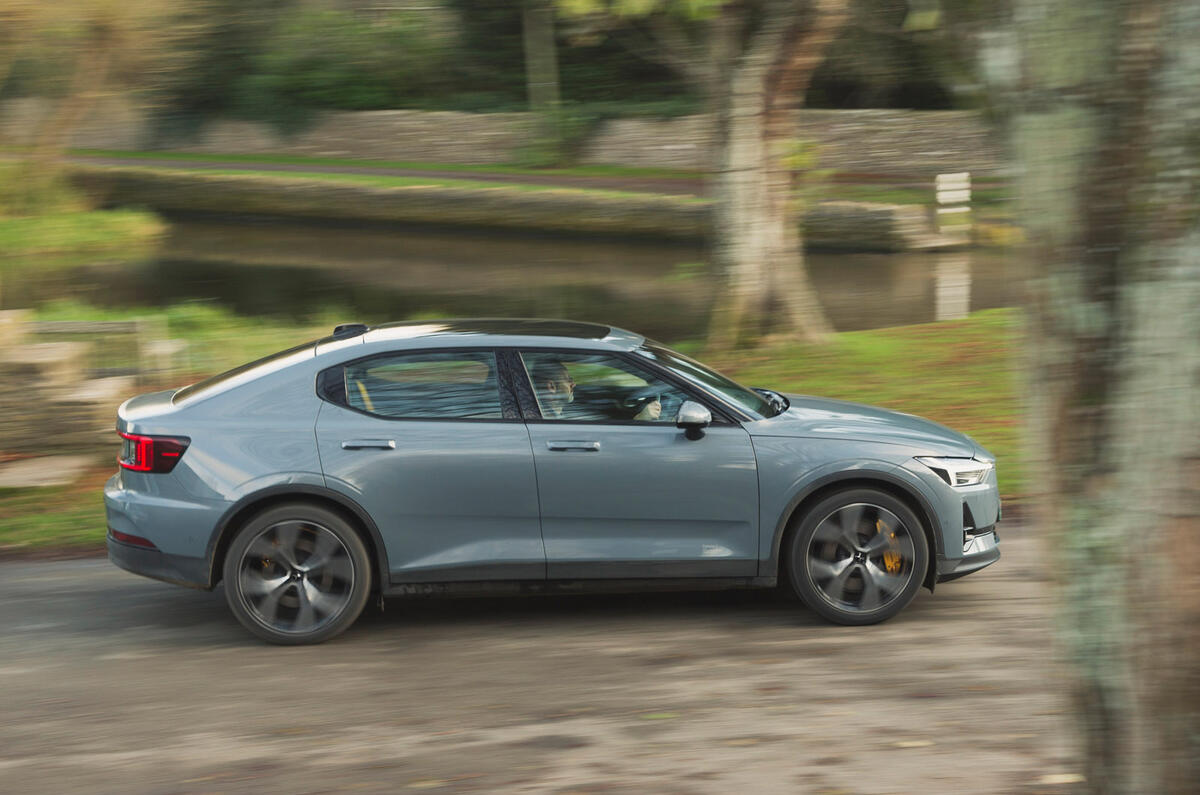
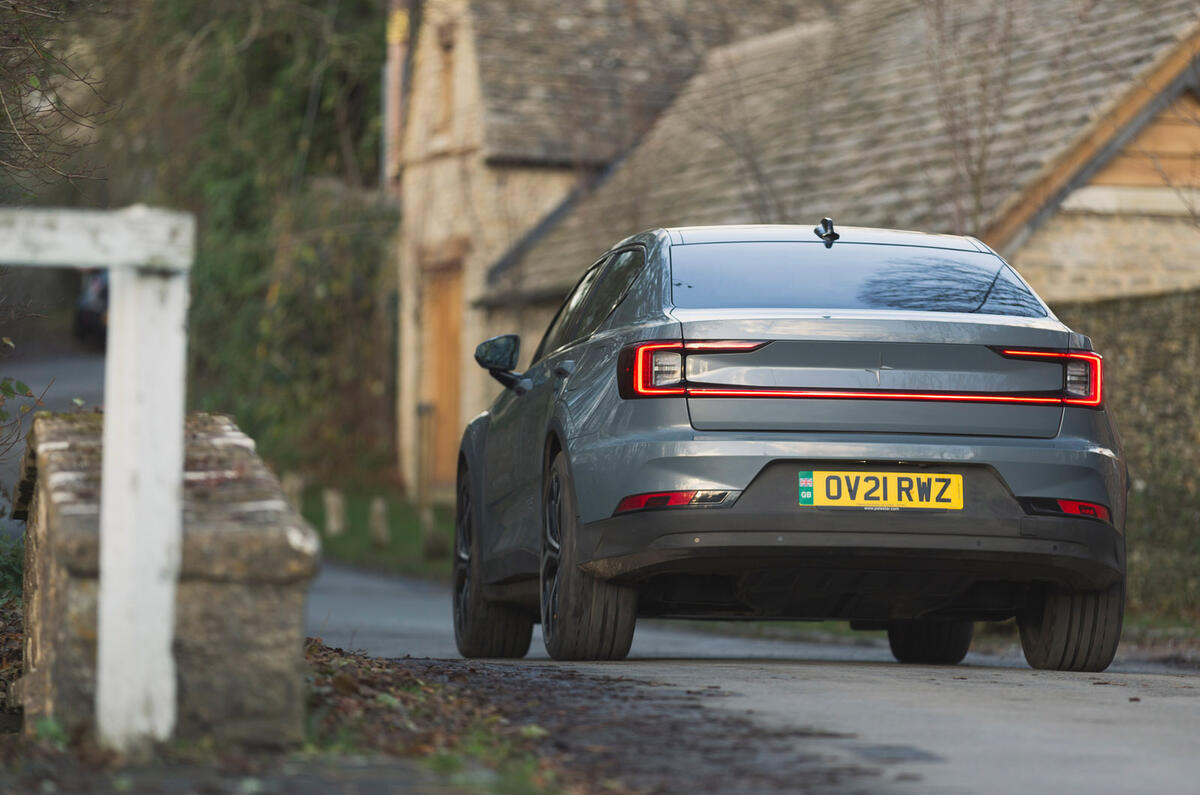







































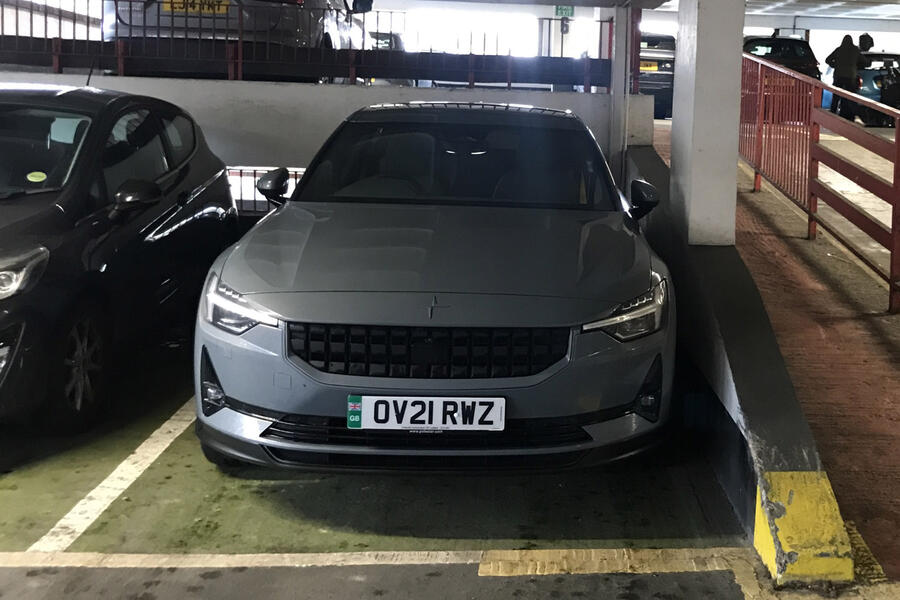
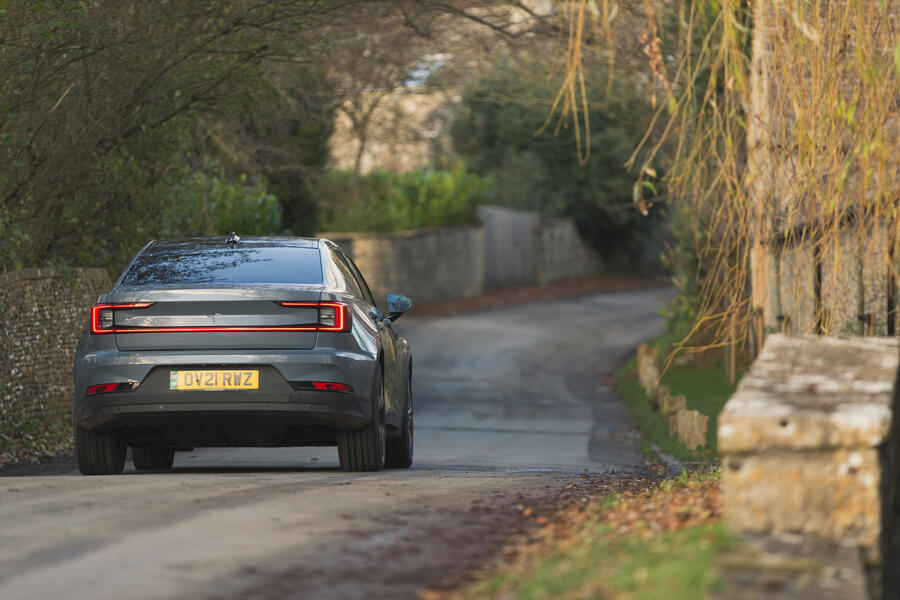



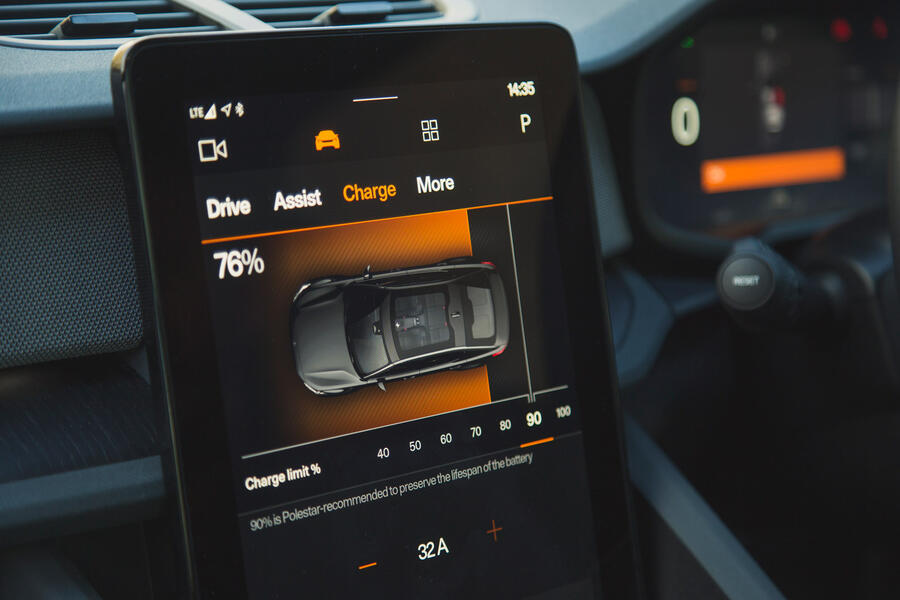








Join the debate
Add your comment
One of the reasons it needs to be near to wifi (smart charger) is that the authorities will need to be able to them turn on and off when the local mains is becoming overloaded so cars will be charged by "batches" your actual charger may be plugged in but not charging all the time the car is connected and be alternating charging for half an hour with your neighbours car, then half anhour with someone elses car in another street, then back to your car, to prevent the local mains from overloading.
So, £55800 for a short range second car that cannot replace an internal combustion engine car for range, convenience, practicality or driving pleasure. Middle class eco-nutter waste of time and money.
Great for standing up on what this is.